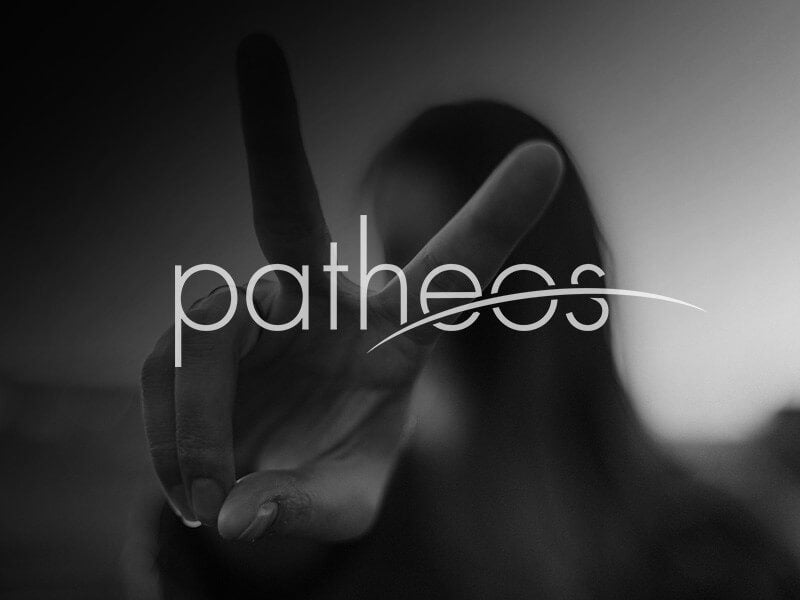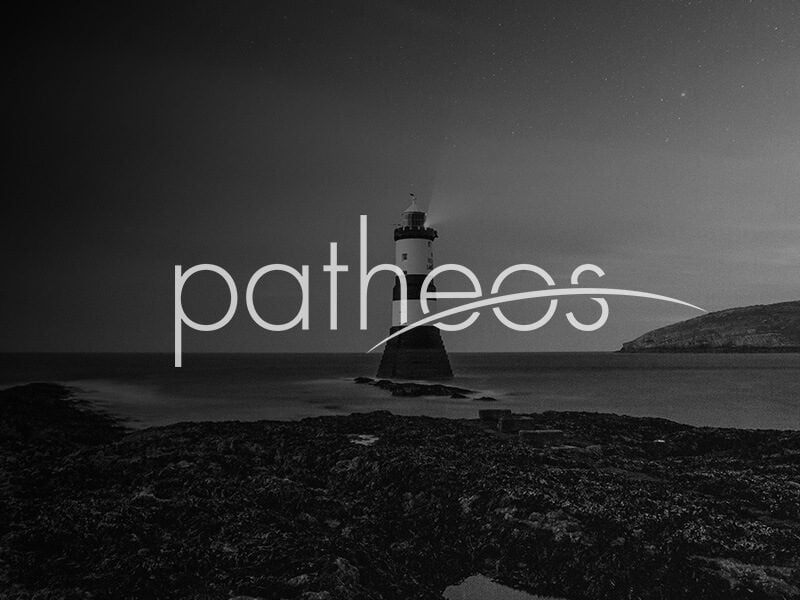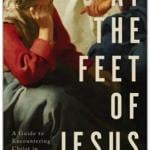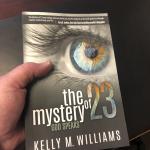The sea beast of Revelation 13 is clearly a composite of the beasts of Daniel. It has features of a lion, a bear, and a leopard, which match the first three beasts of Daniel’s vision. If we can import Daniel’s imagery into Revelation 13, we can say that the sea beast incorporates features of Babylon, Persia, and four-headed Greece. Daniel’s fourth beast is indescribably horrible, not like anything Daniel has ever seen. Perhaps we can describe it, though, by projecting... Read more


















